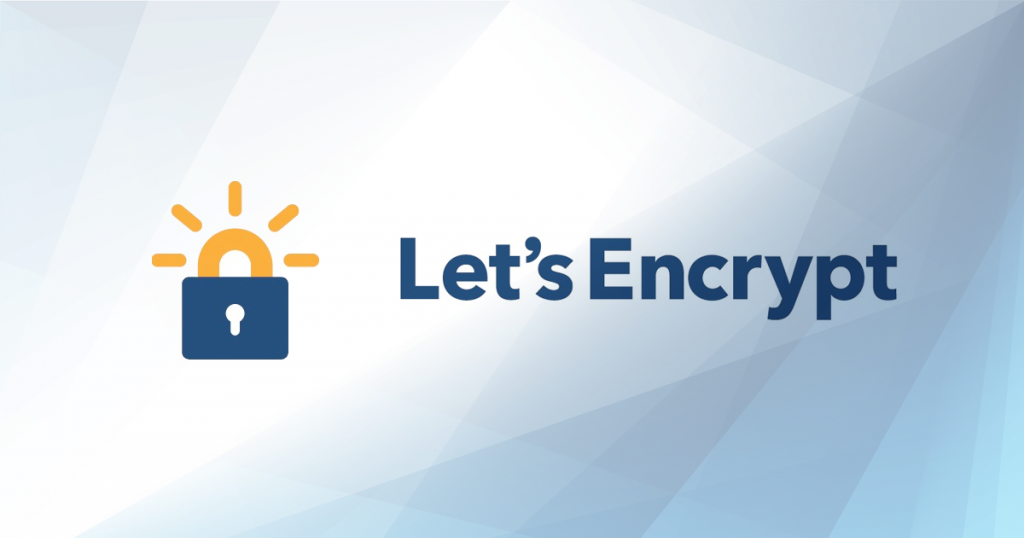Are you ready to take your instant messaging to the next level? Look no further than Telegram, a secure and feature-rich messaging app that is gaining popularity among users all over the world. In this article, we will guide you through the step-by-step process of installing Telegram on Ubuntu, Debian, and Fedora, three of the most widely used Linux distributions.
Benefits of Using Telegram
When it comes to choosing a messaging app, Telegram stands out with its focus on security, speed, and versatility. Let’s explore some of the key benefits that make Telegram a top choice for many:
- Security: Telegram employs end-to-end encryption to ensure that your messages and calls are secure. It also offers a feature called “Secret Chats” which enables self-destructing messages, adding an extra layer of privacy.
- Speed: Telegram is known for its fast and reliable messaging service. With servers spread across the globe, messages are delivered quickly, allowing for seamless communication.
- Versatility: Telegram offers a wide range of features that enhance your messaging experience. From voice and video calls to file sharing and group chats, Telegram has it all. Plus, you can access your messages from multiple devices simultaneously, making it perfect for those constantly on the move.
Now that you know why Telegram is such a popular choice, let’s dive into the installation process for Ubuntu, Debian, and Fedora.
System Requirements for Installing Telegram
Before we proceed with the installation, let’s ensure that your system meets the necessary requirements:
- Ubuntu: Ubuntu 16.04 or later
- Debian: Debian 9 or later
- Fedora: Fedora 26 or later
Ensure that your system is up to date and meets these specifications before you proceed to install Telegram.
Installing Telegram on Ubuntu
Installing Telegram on Ubuntu is a straightforward process. Follow these steps:
- Open Terminal: Launch the Terminal by pressing Ctrl + Alt + T or by searching for “Terminal” in the system’s application launcher.
- Add the Official Telegram Repository: To install the latest version of Telegram, you need to add the official Telegram repository. Enter the following command in the Terminal:
sudo add-apt-repository ppa:atareao/telegram
- Update Packages: After adding the repository, update the package list by running the following command:
sudo apt update
- Install Telegram: Finally, install Telegram by entering the following command:
sudo apt install telegram-desktop
Once the installation is complete, you can launch Telegram from the application launcher or by searching for “Telegram” in the system menu.
Congratulations! You have successfully installed Telegram on your Ubuntu system. Now let’s move on to installing Telegram on Debian and Fedora.
Installing Telegram on Debian
Installing Telegram on Debian is similar to the process for Ubuntu. Here’s how you can do it:
- Open Terminal: Launch the Terminal by pressing Ctrl + Alt + T or by searching for “Terminal” in the system’s application launcher.
- Download the Telegram Package: Visit the official Telegram website (https://telegram.org/) and navigate to the “Get Telegram” section. Choose the Debian package and download it to your system.
- Install the Package: Once the package is downloaded, navigate to the directory where it is saved. Right-click on the package file and select “Open with Software Install” or a similar option. Follow the on-screen prompts to install Telegram.
- Launch Telegram: After the installation is complete, you can launch Telegram from the application launcher or by searching for “Telegram” in the system menu.
Great job! You have successfully installed Telegram on your Debian system. Let’s move on to installing Telegram on Fedora.
Installing Telegram on Fedora
Installing Telegram on Fedora is slightly different from the previous methods. Follow these steps to install Telegram on your Fedora system:
- Open Terminal: Launch the Terminal by pressing Ctrl + Alt + T or by searching for “Terminal” in the system’s application launcher.
- Add the RPM Fusion Repository: Telegram is available in the RPM Fusion repository, which you need to enable before installing. Enter the following command in the Terminal:
sudo dnf install https://download1.rpmfusion.org/free/fedora/rpmfusion-free-release-$(rpm -E %fedora).noarch.rpm
- Update Packages: After adding the repository, update the package list by running the following command:
sudo dnf update
- Install Telegram: Finally, install Telegram by entering the following command:
sudo dnf install telegram-desktop
Once the installation is complete, you can launch Telegram from the application launcher or by searching for “Telegram” in the system menu.
Fantastic! You have successfully installed Telegram on your Fedora system. Now, let’s move on to configuring Telegram after installation.
Configuring Telegram After Installation

After installing Telegram, it’s important to configure it to suit your preferences. Here are a few essential steps to get you started:
- Create an Account: Launch Telegram and follow the on-screen prompts to create a new account. You’ll need to provide your phone number for verification.
- Customize Settings: Explore the settings menu to customize Telegram according to your preferences. You can change your profile picture, update your privacy settings, and adjust notification preferences.
- Add Contacts: Start connecting with friends and family by adding their phone numbers or usernames to your Telegram contacts. You can also join public groups and channels to discover new communities.
Now that you have configured Telegram, let’s address some common installation issues and provide troubleshooting tips.
Troubleshooting Common Installation Issues
While the installation process is generally smooth, you may encounter some common issues. Here are a few troubleshooting tips:
- Installation Failure: If the installation fails, ensure that your system meets the minimum requirements and that you have a stable internet connection. You can also try reinstalling Telegram and restarting your system.
- Dependency Errors: If you encounter dependency errors during the installation, you may need to manually install the required dependencies. Search for the specific error message online to find the appropriate solution.
If you’re still experiencing issues, consider visiting the official Telegram support channels or forums for further assistance.
Tips and Tricks for Using Telegram on Linux
Now that you have Telegram up and running, here are some tips and tricks to enhance your experience:
- Keyboard Shortcuts: Telegram offers a range of keyboard shortcuts to navigate the app quickly. Familiarize yourself with these shortcuts to save time and increase productivity.
- Themes and Stickers: Customize the look and feel of Telegram by applying different themes and using animated stickers. Express yourself and make your conversations more engaging.
- Use Bots: Explore the world of Telegram bots to automate tasks, get news updates, play games, and much more. There are numerous bots available that can enhance your Telegram experience.
Conclusion
Congratulations! You have successfully installed Telegram on your Ubuntu, Debian, or Fedora system. Now, you can enjoy the benefits of secure and feature-rich messaging with Telegram. Remember to explore the various settings and features to customize Telegram according to your preferences. Stay connected with friends and family in a whole new way with Telegram’s exciting features.

Nishant Verma is a senior web developer who love to share his knowledge about Linux, SysAdmin, and more other web handlers. Currently, he loves to write as content contributor for ServoNode.




